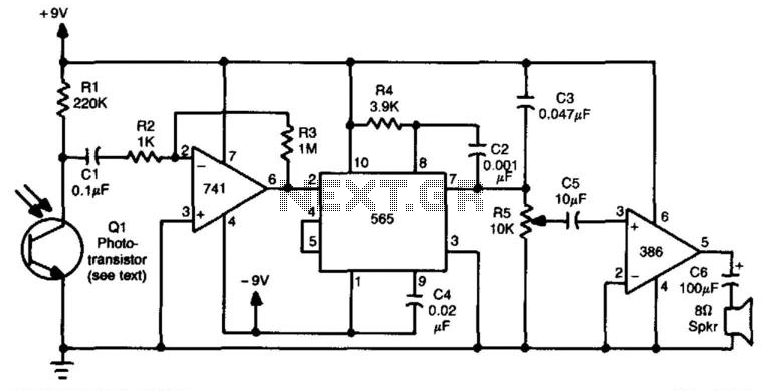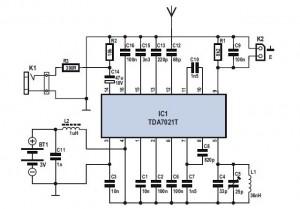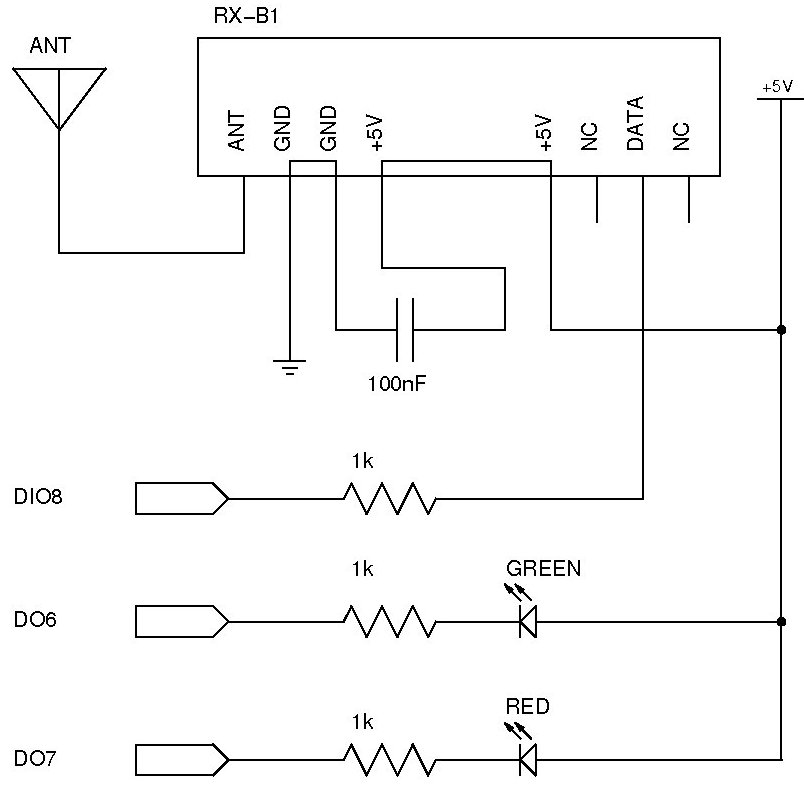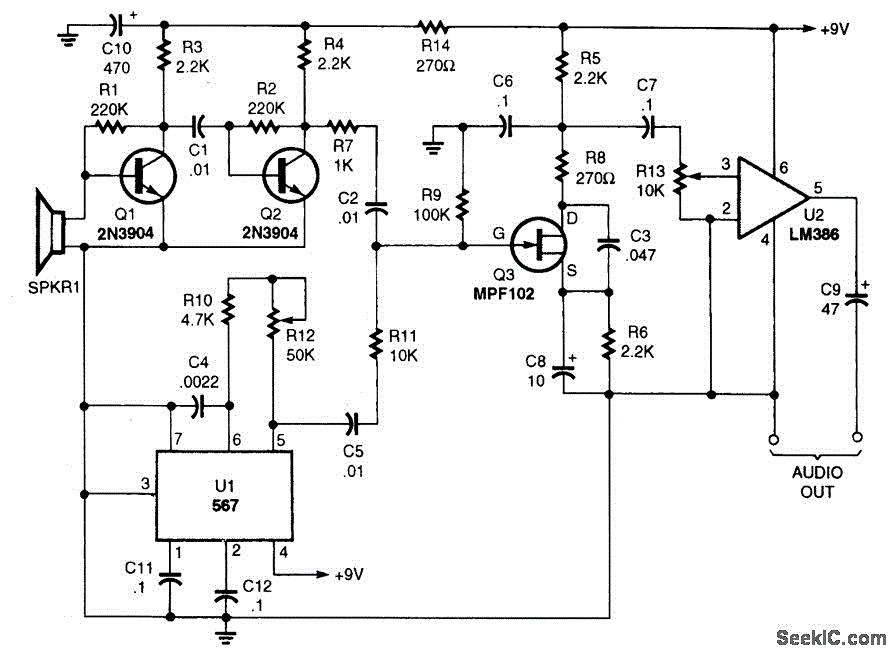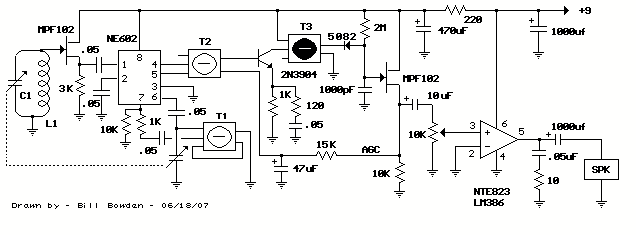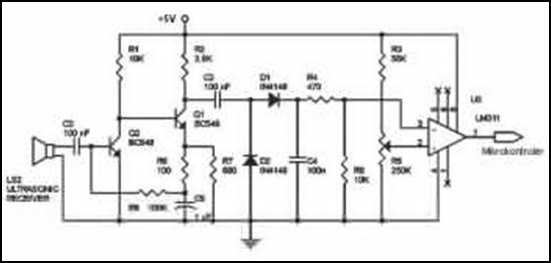
60-120MHz FM Receiver with AFC
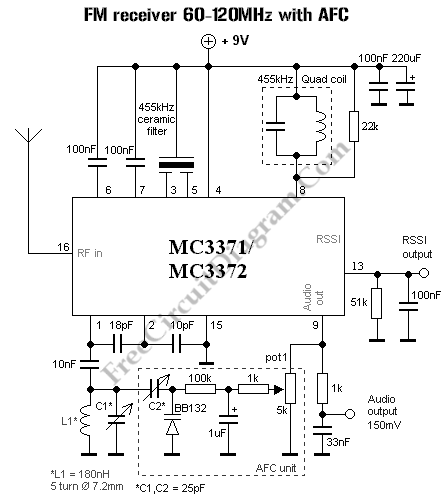
In simple terms, Automatic Frequency Control (AFC) locks the receiver to any valid RF signal. Below, a basic block diagram of a receiver is presented, which includes a Voltage-Controlled Oscillator (VCO) that is mixed with other components.
AFC is a crucial component in radio frequency (RF) receivers, ensuring that the receiver remains tuned to the desired signal frequency despite variations caused by factors such as drift or interference. The basic block diagram of a receiver typically includes several key components: an antenna, a front-end amplifier, a mixer, a local oscillator (often implemented as a VCO), and a demodulator.
The antenna captures the incoming RF signals, which are then amplified by the front-end amplifier to improve the signal-to-noise ratio. The amplified signal is sent to the mixer, where it is combined with a signal from the local oscillator. The mixer produces an intermediate frequency (IF) signal that is easier to process. The VCO plays a critical role in this process, as it generates a frequency that can be adjusted based on feedback from the AFC circuit.
The AFC circuit continuously monitors the frequency of the incoming RF signal and adjusts the VCO to ensure that it remains locked to the desired frequency. This is typically achieved through a feedback loop that compares the output frequency of the VCO with the incoming signal frequency. If a deviation is detected, the AFC circuit modifies the control voltage applied to the VCO, thereby altering its output frequency to match the incoming signal.
In summary, the integration of AFC in a receiver system enhances its ability to maintain accurate tuning, thereby improving overall reception quality and reducing the impact of frequency drift and interference. The block diagram serves as a foundational reference for understanding the functional relationships between the various components involved in RF signal processing.We can say in simple words that AFC will lock the receiver to any valid RF signal. Below, we can see a basic block diagram of an receiver. The VCO is mixed with. 🔗 External reference
AFC is a crucial component in radio frequency (RF) receivers, ensuring that the receiver remains tuned to the desired signal frequency despite variations caused by factors such as drift or interference. The basic block diagram of a receiver typically includes several key components: an antenna, a front-end amplifier, a mixer, a local oscillator (often implemented as a VCO), and a demodulator.
The antenna captures the incoming RF signals, which are then amplified by the front-end amplifier to improve the signal-to-noise ratio. The amplified signal is sent to the mixer, where it is combined with a signal from the local oscillator. The mixer produces an intermediate frequency (IF) signal that is easier to process. The VCO plays a critical role in this process, as it generates a frequency that can be adjusted based on feedback from the AFC circuit.
The AFC circuit continuously monitors the frequency of the incoming RF signal and adjusts the VCO to ensure that it remains locked to the desired frequency. This is typically achieved through a feedback loop that compares the output frequency of the VCO with the incoming signal frequency. If a deviation is detected, the AFC circuit modifies the control voltage applied to the VCO, thereby altering its output frequency to match the incoming signal.
In summary, the integration of AFC in a receiver system enhances its ability to maintain accurate tuning, thereby improving overall reception quality and reducing the impact of frequency drift and interference. The block diagram serves as a foundational reference for understanding the functional relationships between the various components involved in RF signal processing.We can say in simple words that AFC will lock the receiver to any valid RF signal. Below, we can see a basic block diagram of an receiver. The VCO is mixed with. 🔗 External reference
